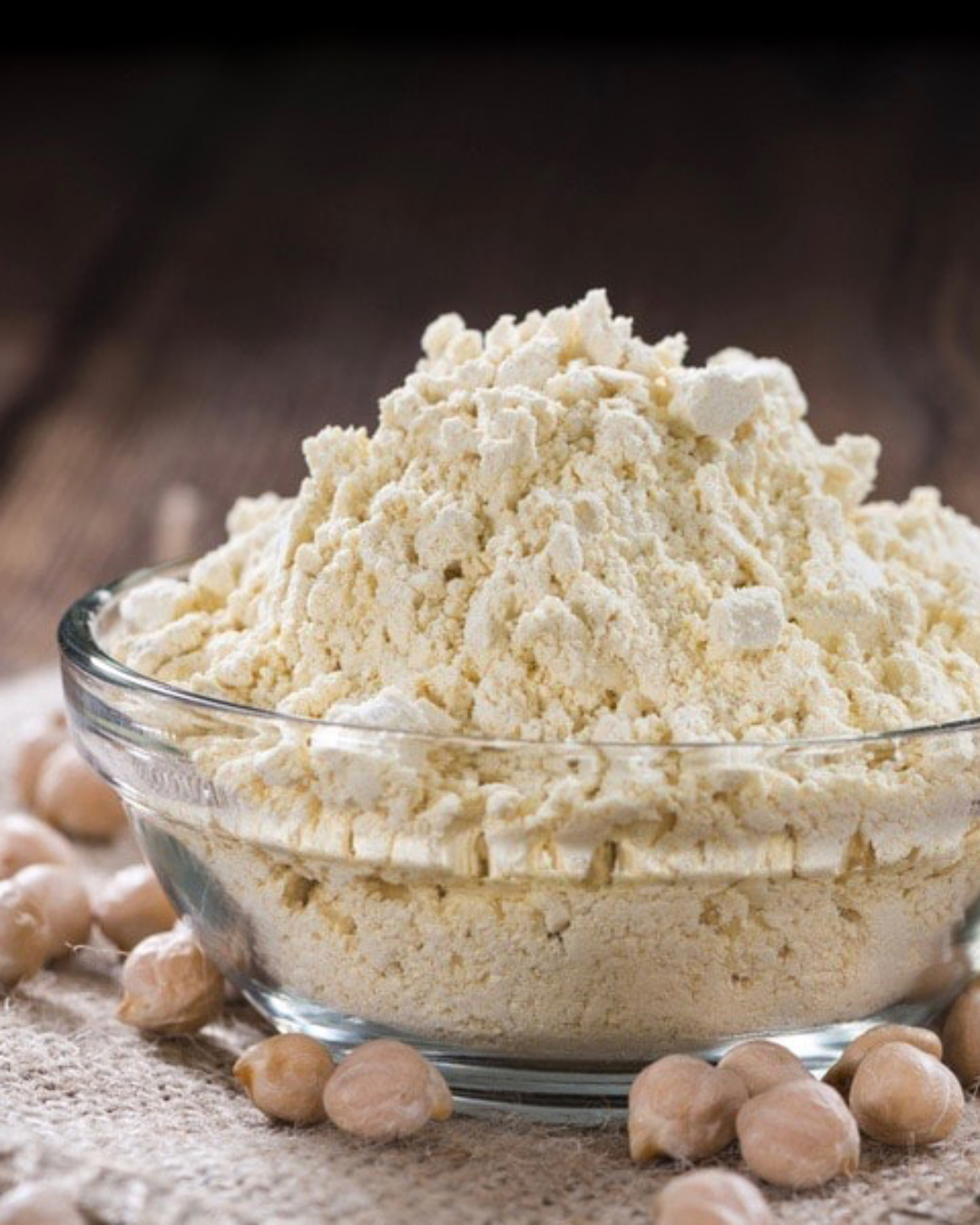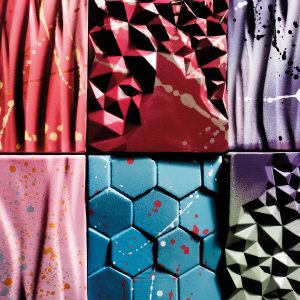The growing number of new plant-based product options available, matched with the developing market of plant-based consumers, has resulted in the runaway trend of our time: many brands are starting to include plant-based options in their existing ranges. Identifying consumer preferences and consumption habits will be important for finding a gap in the plant-based category.
It is important to decide whether your product will satisfy consumers looking for meat alternatives or meat replacements. Meat alternatives are usually developed to be high in protein, so that they are a good nutritional alternative to meat. Meat replacements are products which mimic the taste and texture of meat, creating a sensory experience that can easily lead you to believe that you’re eating meat.
| So, with the product developers’ goals set on taste, texture, nutritional aspects and ingredient trends, where does one start?
Traditionally, soya has been the go-to source for plant-based protein solutions; although with soya being one of the regulated common allergens, and indications that it is an endocrine disruptor, it is not always fit for purpose. In order to offer a variety of plant-based options, product developers must consider what plant-based protein sources are available, and the nutritional and functional aspects of each. Lentils, lupins, pea protein, oat flake protein, green spelt, black beans and chickpeas are a few of the options to consider. |
Texturised (yellow) pea protein (TPP) ticks many of the boxes for nutritional claims, but is also surprisingly suitable in terms of its appeal to the senses. Aspects such as its ability to take on flavouring, and to be adapted to offer a number of different textures, make this plant-based protein ingredient an asset in the development kitchen.
The use of fine or coarse yellow pea protein flour for crumbing can be fine-tuned for taking on flavours and delivering a crispy texture – and it provides the opportunity to offer a gluten-free product, which means a new ingredient option for the consumer seeking plant-based products. Thus, variations of pea protein may be considered both for meat alternatives and for meat replacements.
Considering the growing list of requirements in the product development process, and as it’s a single-ingredient foodstuff which brings taste and texture into focus and is not a common allergen, yellow pea protein is an excellent foundation for product development.




